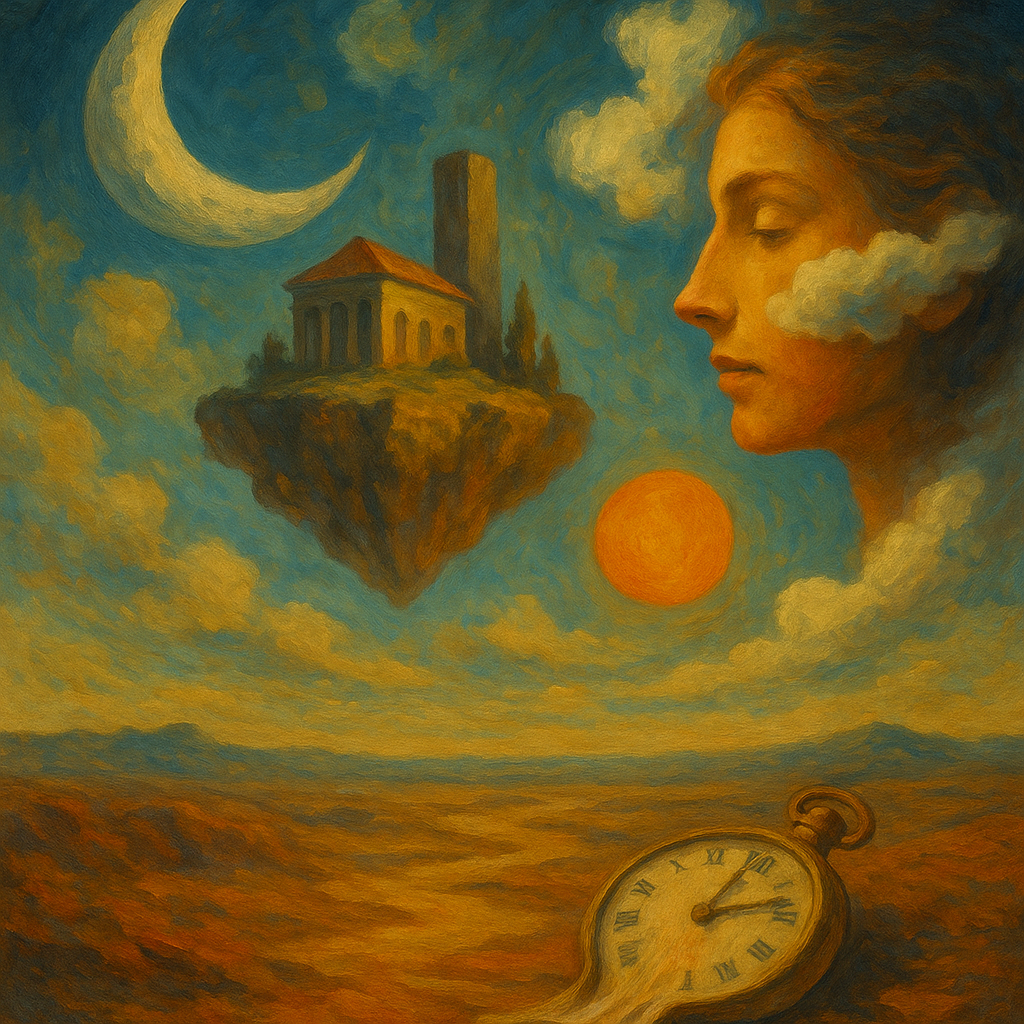Surrealism isn’t dead—it’s just evolved. This dreamlike, abstract, and often mind-bending visual style is experiencing a vibrant revival in the digital art world. From AI-generated imagery and 3D compositions to digital paintings and NFTs, surrealism is inspiring a new generation of digital artists around the globe.
But why has surrealism become one of the most beloved styles in 21st-century digital art? Let’s dive into its roots, current digital applications, and creative potential.

What Is Surrealism?
Surrealism emerged in the early 20th century, largely attributed to André Breton, who aimed to unleash the subconscious mind and explore the dream world through art.
Iconic surrealist artists include Salvador Dalí, René Magritte, Max Ernst, and Joan Miró. Their works blend realistic elements with fantasy and exaggeration, creating mesmerizing, dreamlike visuals.
The goal? To challenge logic and awaken emotion by visually expressing thoughts that live beyond conscious understanding.
Why Is Surrealism So Popular Again in Digital Art?
In one word: freedom.
Surrealism offers creative liberation—it doesn’t demand strict adherence to realism, anatomy, or traditional perspective. That makes it incredibly attractive to digital illustrators, concept artists, NFT creators, and AI art designers who want to break rules and explore unusual concepts.
Key ideas shaping digital surrealism:
- dreamlike visual storytelling
- digital collage and manipulation
- conceptual abstraction
- AI surreal art prompts
- reality-bending environments
How Surrealism Appears in Different Digital Art Forms
1. Digital Illustration
Modern surrealist illustrations often merge photo elements or 3D models with painterly textures.
Example: a floating city with a sky made of water, or a woman’s face blooming into flowers.
Tools: Procreate, Photoshop, Corel Painter
2. AI-Generated Art
Tools like Midjourney, DALL·E, and Stable Diffusion are popular for surreal prompts.
Common prompt terms: “dreamscape,” “surreal portrait,” “melting time,” “floating architecture.”
3. NFT Art
Surrealism thrives in NFTs for its conceptual depth and unique visual narratives.
Artists use it to spark emotion, social commentary, or personal storytelling.
Popular examples: The abstract works of XCOPY or the enigmatic visuals of Pak.
4. 3D Surrealism
3D artists can create impossible environments—floating islands, warped anatomy, infinite corridors.
Software: Blender, Cinema 4D, ZBrush, Houdini
How to Create a Surreal Digital Artwork – A 5-Step Quick Guide
- Start with a concept
Think of an odd idea, e.g., “a clock raining inside a room.” - Build a moodboard
Use Pinterest or Behance for surreal inspiration. - Sketch the composition
Use digital collage or rough 3D layouts. - Refine with painting and effects
Add textures, surreal lighting, visual distortions. - Polish with AI tools
Use tools like Generative Fill for intricate details.
Trending Themes in Modern Digital Surrealism
- Floating cities and dream islands
- Warped time and space (inspired by Dalí)
- Symbolic surreal portraits
- Emotion visualized through abstraction
- Memory and subconscious blended into landscapes
SEO Tip for Artists: Keywords Worth Using
If you’re promoting your surreal digital art on your portfolio, blog, or NFT platform, consider these SEO-friendly keywords:
- surreal digital art
- modern surrealism
- AI surreal art
- dreamlike illustration
- digital collage techniques
- conceptual visual art
- NFT surreal style
Final Thoughts: A New Era of the Subconscious
Surrealism has always been about crossing boundaries—the line between conscious and unconscious, reality and imagination. With today’s tools and the rise of AI, surrealism isn’t just reborn—it’s redefined.
Digital surrealism isn’t just visually striking; it’s emotionally resonant and creatively liberating. It’s a visual language that feels nostalgic and futuristic all at once.
If you’re an aspiring digital artist, don’t be afraid to bend the rules of logic. Surrealism invites you to create not what you see—but what you feel.
